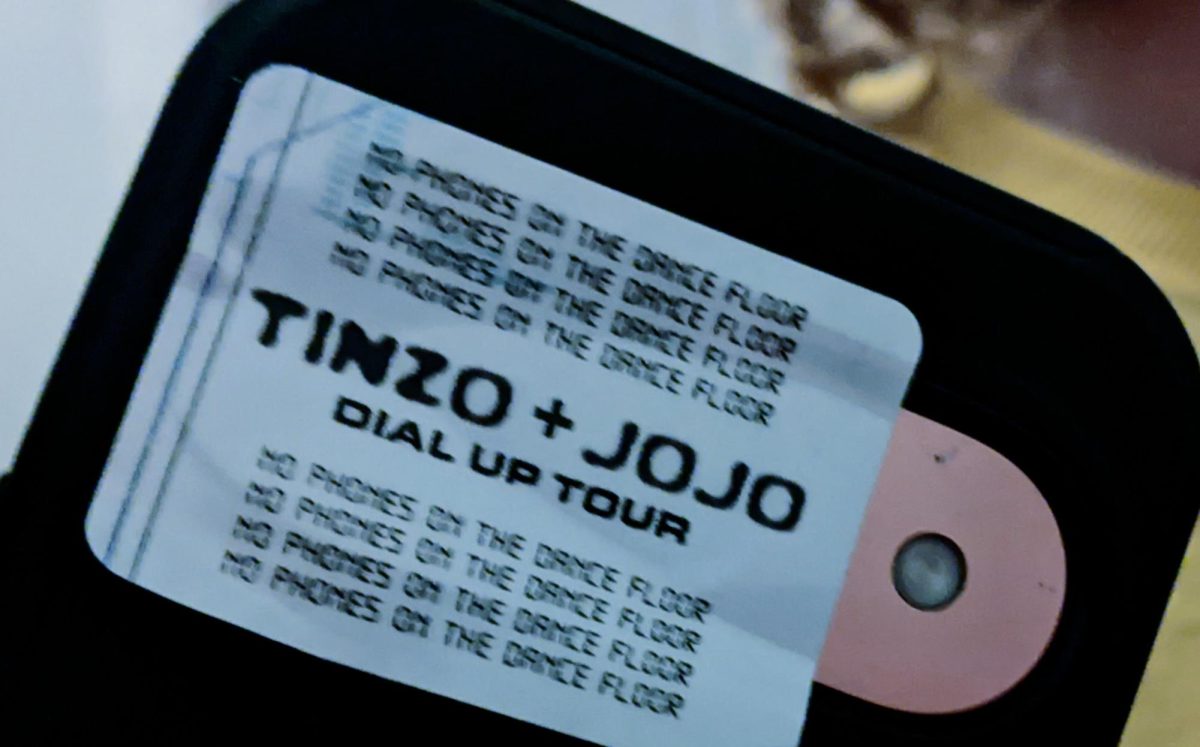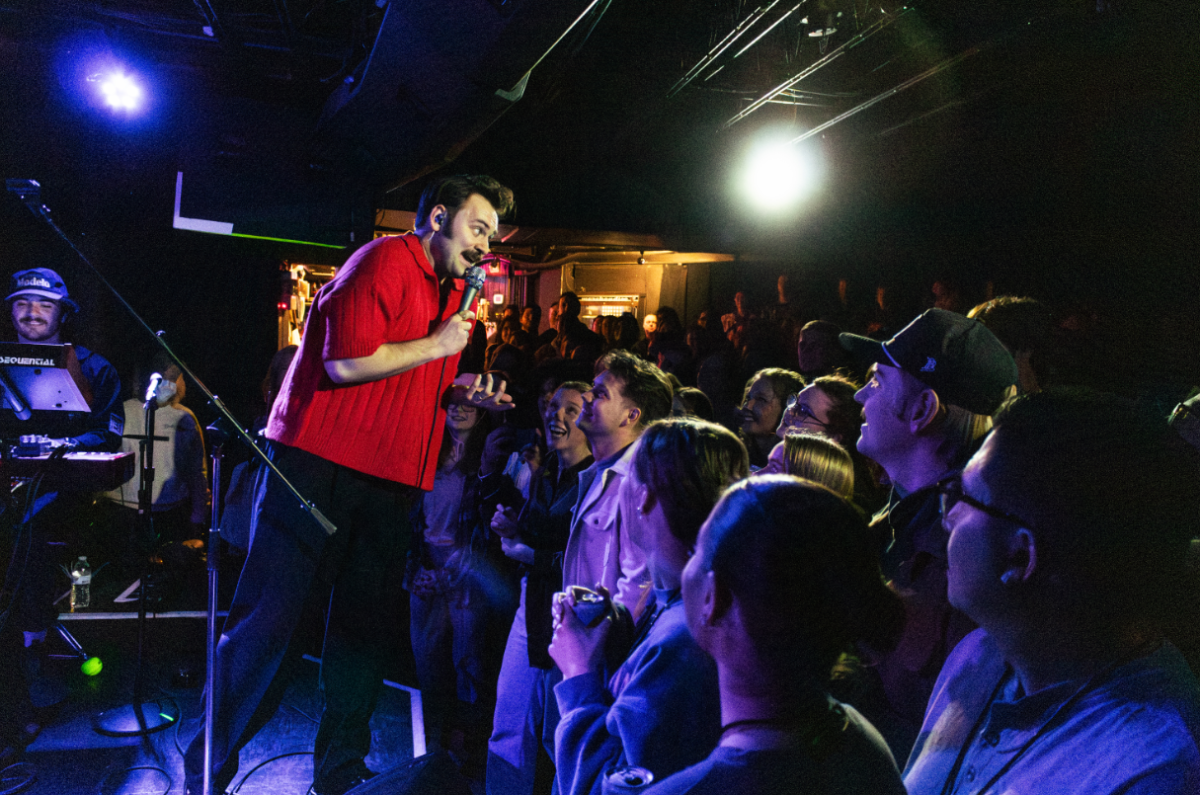As a musician, last Tuesday was one of the most exciting days I’ve experienced in a while. I began my morning with a private lesson during which my teacher helped me practice a piece of music written in the last year. I ended my day experiencing the debut of a local artist’s new composition, where I was one of many classically trained musicians in the audience.
I had thought little of my professor’s willingness to work on the piece with me until I mentioned it to the composer at the evening’s show. He was shocked. Few classical music teachers will work with students on pieces of new music, he said.
There seems to be an attitude in the classical music world that anything composed in the last 50 years or so is too experimental or too unrelatable to teach or to place in the canon. We see these views reflected not only in academia but also in our country’s major classical music groups. This dismissive attitude toward new music is one of the most harmful challenges aspiring musicians face.
The four years I’ve been in college have borne witness to a number of tragedies in the world of classical music. My sophomore year was especially rough. Within the span of about a month, the New York City Opera announced its closure, and Osmo Vanska resigned from his position as the Minnesota Orchestra’s music director and conductor. As we watched our traditional musical institutions failing, it seemed a scary time to be a music student.
Today, we have our orchestra back, and there are rumors of the return of the New York City Opera. However, many orchestras are continuing to program concerts as they have for the past century.
During the United States’ current orchestra season, nearly 3,000 concerts will represent the works of only 504 composers. The average year of composition for these pieces is 1882. Works by living composers make up only 12 percent of the repertoire. With these numbers, it is no wonder to me that attendance per
classical concert has fallen.
However, even if classical music is lagging, the new music world is thriving, with plenty of opportunities for musicians who are willing and able to play new music. With a limited number of positions available in major classical music groups, many young musicians instead turn to new, smaller music groups.
If more college music programs opened themselves to new compositions as valid pieces of music and sources of learning, their students would graduate with a broader range of techniques, which they could translate from classical pieces to contemporary ones. This would give students more opportunity to find post-grad work in music.
It is a real shame that so many people in the classical world deny new music as a relevant genre and thus deny aspiring musicians the opportunity to experience it — and perhaps find a living in it. I would love to see the University of Minnesota’s music program be a leader in changing the attitude of the classical music world by broadening its students’ repertoires.
Alia Jerajwelcomes comments at [email protected].







